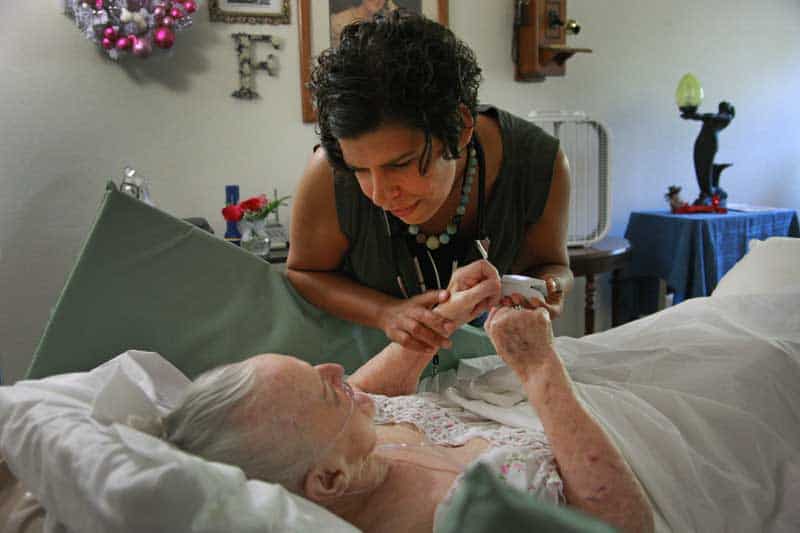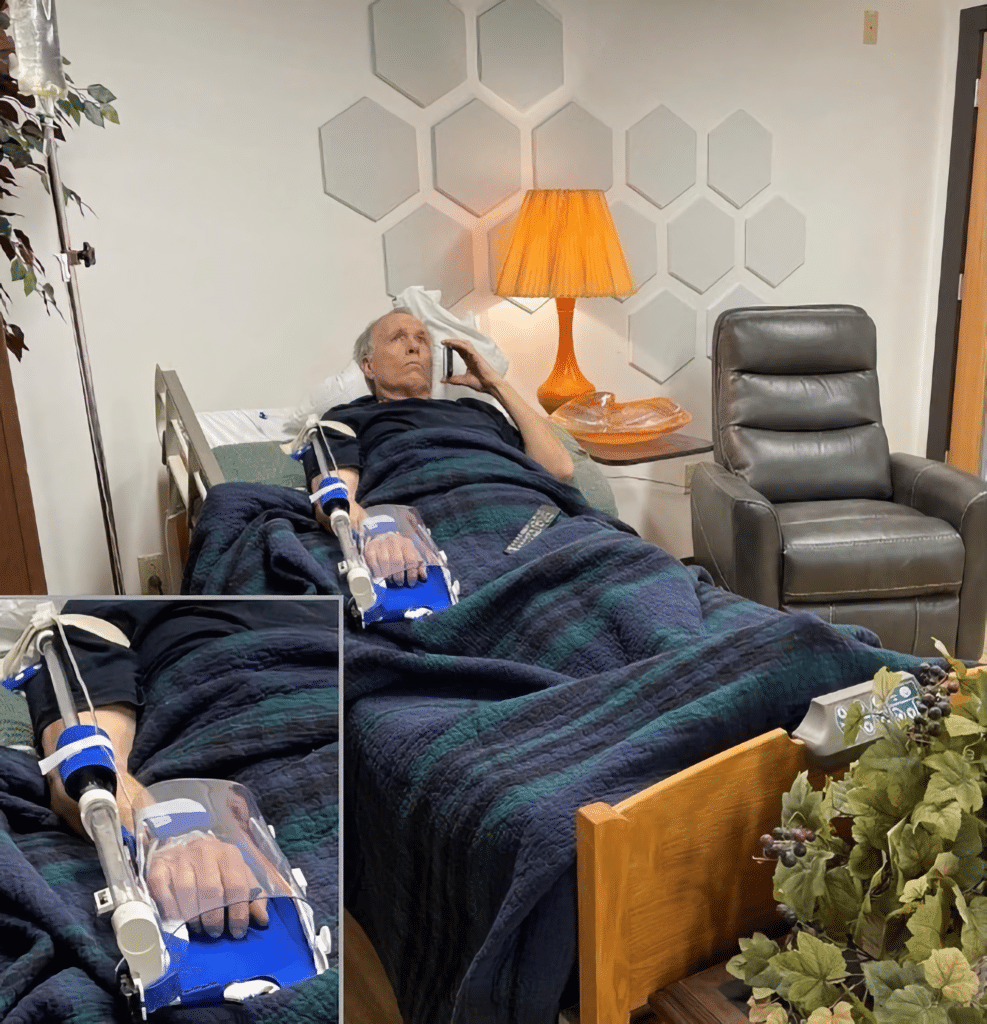Non-ICU floor patients in acute healthcare settings tend to have co-morbidities.
Such complexities of care require competent staff, adequate nurse-patient ratio, organizational support to promote patient safety and favorable health outcomes.
They also require proper tools.


Restraint use is associated with increased confusion, falls, decubitus ulcers, length of stay and can sometimes result in death.
Adverse events like these result in nurses being ambivalent about the practice of restraint use, and often experiencing moral dilemma such as sadness, guilt, and fears when restraints are used.
Some nurses perceive that restraints are protective and that traditional alternatives are not effective.
While nursing education and restraint policies that support restraint reduction are helpful, inadequate device availability may thwart consistent implementation.
The Exersides Refraint is a restraint alternative that supports culture change to attain true least restraint necessary. The Refraint allows for more humane care while maintaining safety of staff and patient.
Different levels let you set restraint or Refraint as liberally or stringently as you need for patient and staff. When it’s not set as a restraint, it is still safe, and you won’t have to stop your workflow to document so often.
